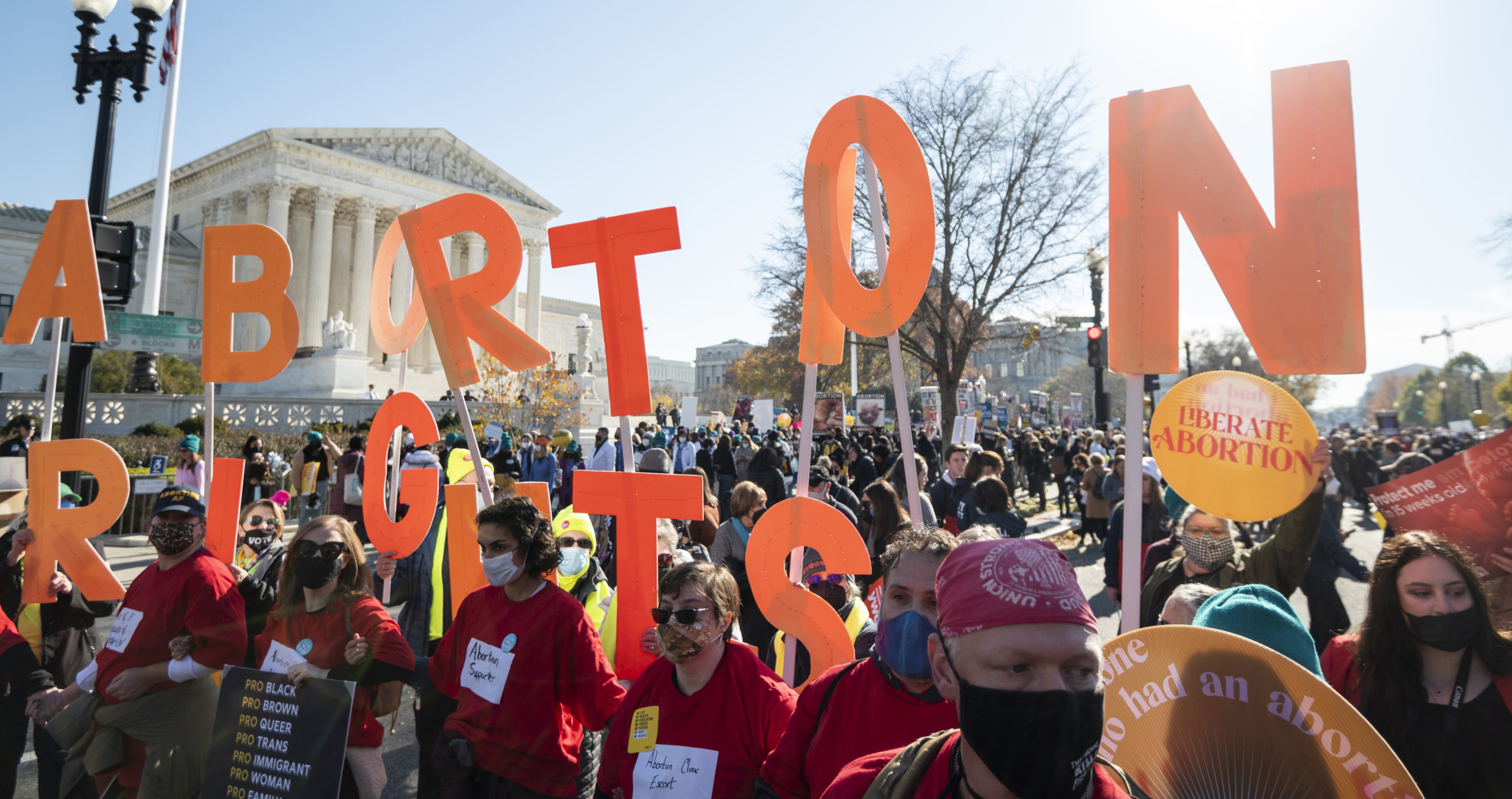“The future is already here”, the cyberpunk author William Gibson famously observed, “it’s just unevenly distributed”.
The ‘cyberpunk’ style of science fiction imagined the future as one of relentless convergence between the human and the technological. It was a world of digital enhancements to consciousness, mechanical prosthetics, flesh/robot hybrids, and visionary experiences inside virtual worlds, all against a background of an ecologically degraded, rubbish-filled and brutally socially stratified world.
Two recent stories about technology and reproduction reminded me of Gibson’s words: one about an American abortion debate, and another about ‘xenobots’. Taken together they hint at the emerging contours of a debate that we haven’t really started having yet: what it means to be human in a world where machine and man are difficult to disentangle.
One sharp corner of that debate surfaced in the oral arguments advanced in the United States. Here, a landmark Supreme Court abortion case seeks to challenge the Roe v Wade precedent that gives women a constitutional right to abortion.
During the arguments, Supreme Court Justice Sonia Sotomayor drew an analogy between scans that appear to show an unborn child recoiling from pain, and the reflexes in a dead body. The implication was that a body appearing to experience pain doesn’t provide proof of a body possessing life or personhood.
Another sharp corner of that debate surfaced around another kind of reproduction: that of ‘xenobots’ created from the stem cells of a frog. It was reported this week that these can move independently and have developed an ability to self-replicate by compacting loose stem cells into ‘offspring’.
As lead study author Professor Josh Bongard put it, “it’s a robot but it’s also clearly an organism”. The report suggests that while this technology is at an early stage, applications could include cleaning microplastics from the ocean and regenerative medicine in the human body.
Technology, then, now gives us the power to create life — self-replicating ‘xenobot’ life that’s distinct from any existing life-forms out there in the natural world. It also grants us the power to end life with medical precision, in utero. How do such powers affect our understanding of what a person is?
Between the scientists creating non-mechanical, non-animal ‘xenobot’ life in a petri-dish, and the debates over women’s right to end life growing within their own bodies, we can see an emerging vision of ‘life’ radically at odds with now-deprecated concepts like nature, consciousness, or a soul.
Rather, it’s something wholly desacralised: mere meat. When and whether this meat is endowed with humanity, personhood or dignity becomes, accordingly, a wholly separate question: a matter not of anything intrinsic but of politics and power. As we sidle ever closer to global political norms in which citizens are routinely stratified based on their willingness to accede to mandated medical interventions, we should reflect on how willing we really are to disentangle our fleshly selves from our understanding of personhood.











Join the discussion
Join like minded readers that support our journalism by becoming a paid subscriber
To join the discussion in the comments, become a paid subscriber.
Join like minded readers that support our journalism, read unlimited articles and enjoy other subscriber-only benefits.
Subscribe